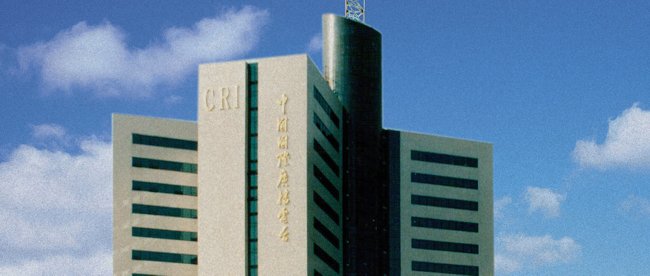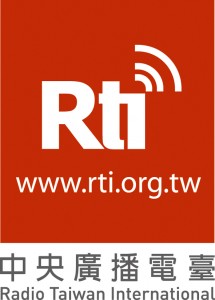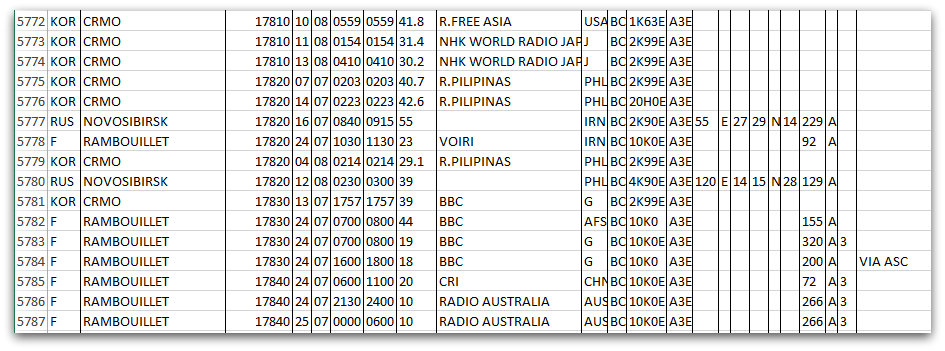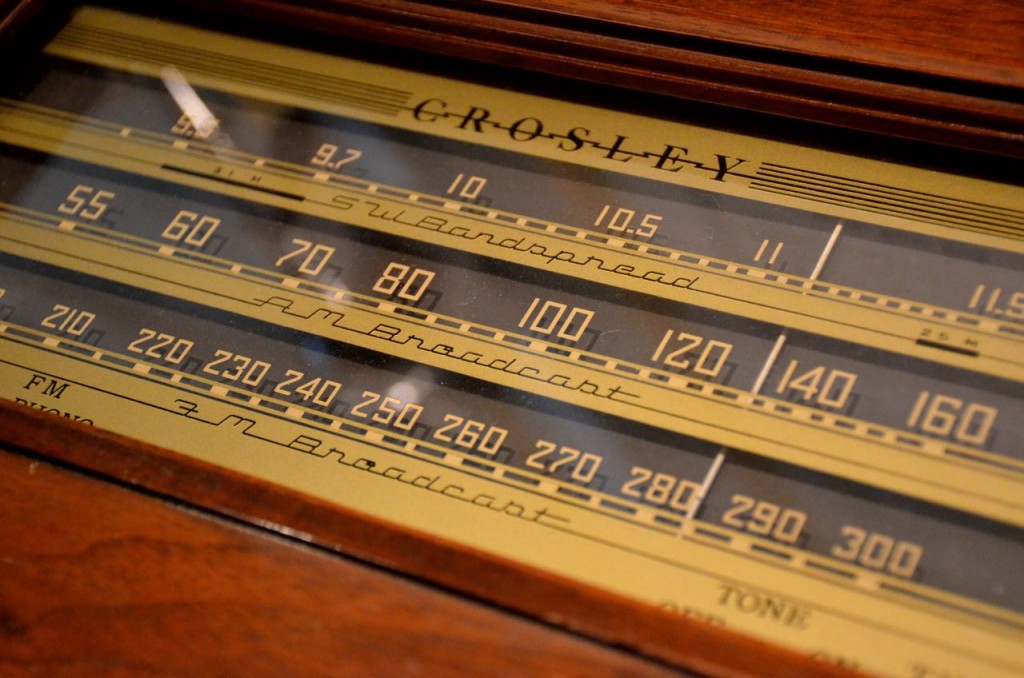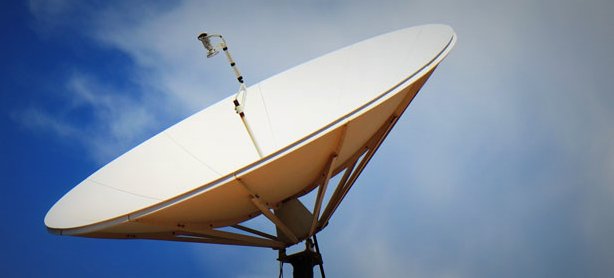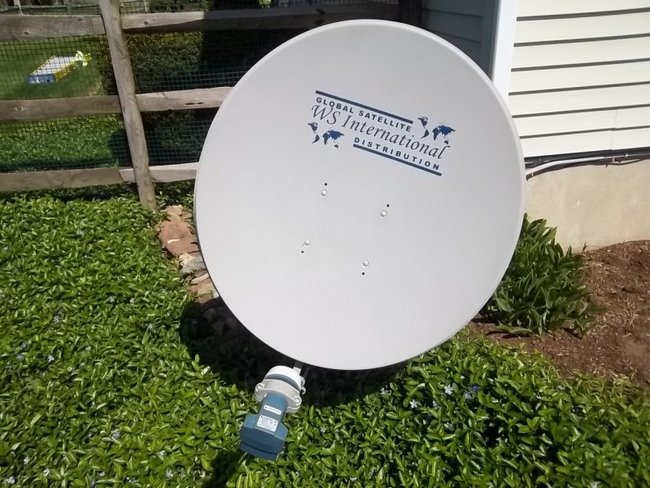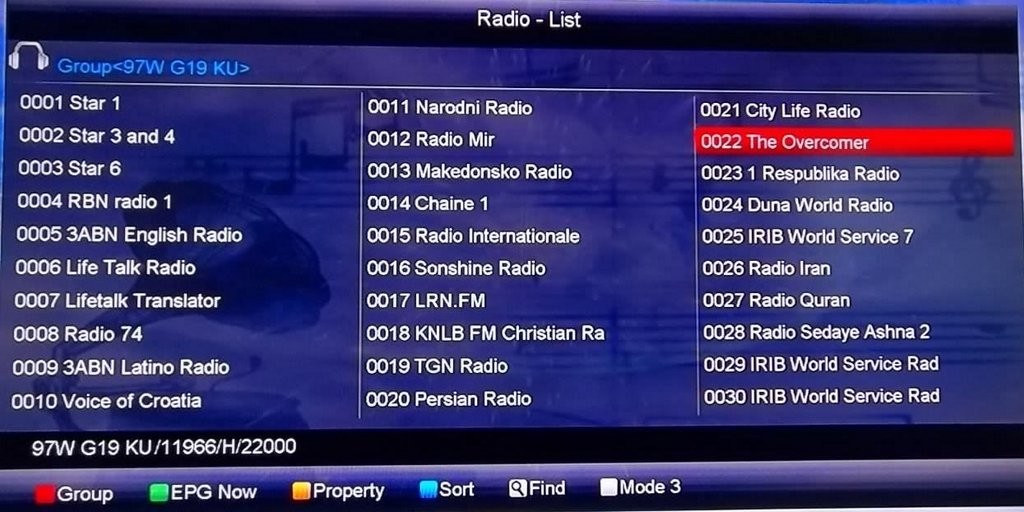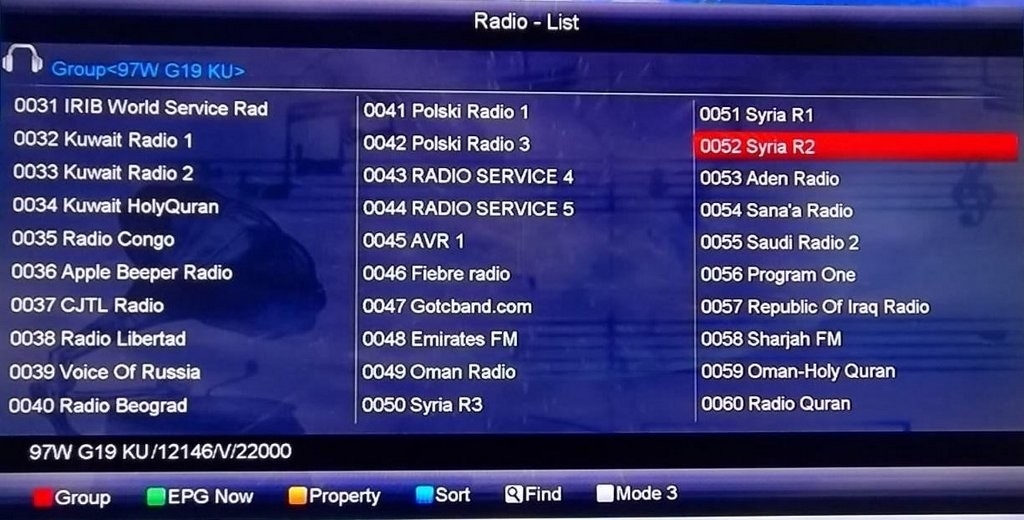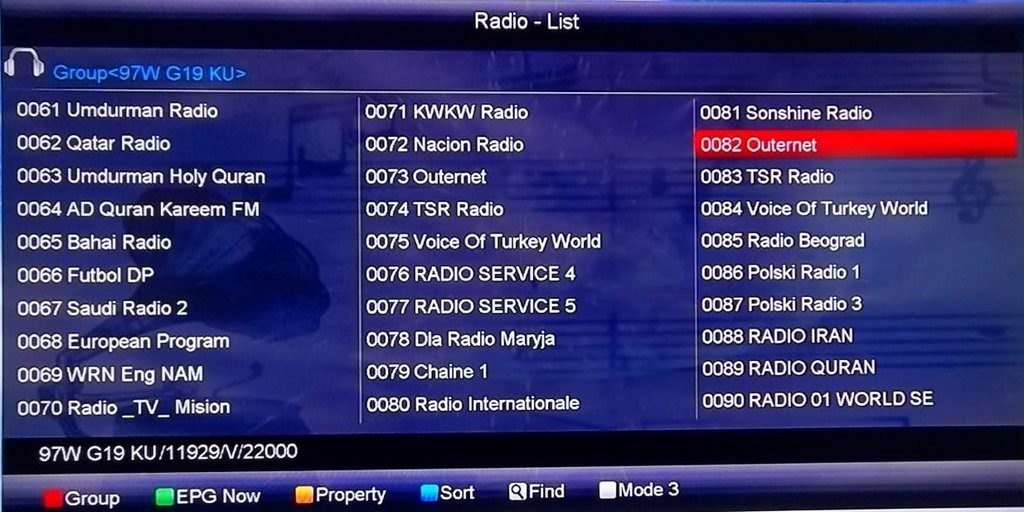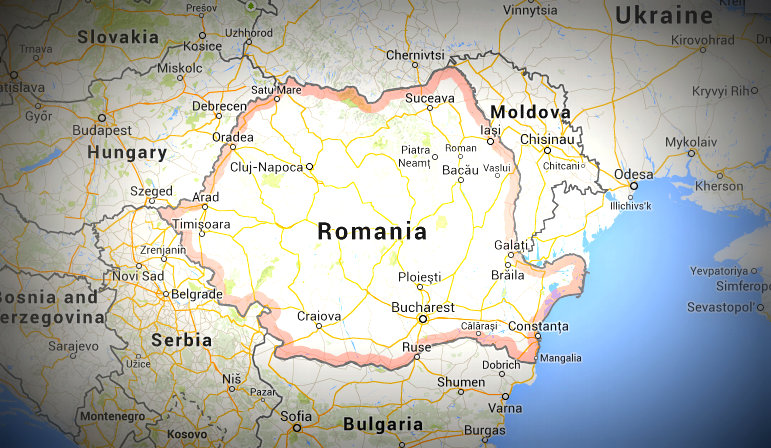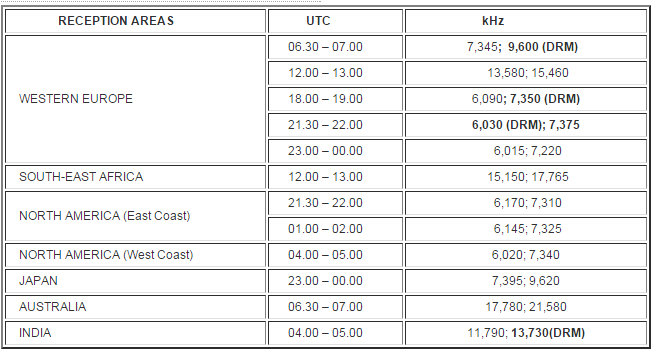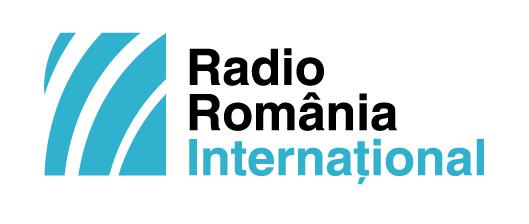Many thanks to several SWLing Post readers for sharing a link to the following investigative story from Reuters. I’ve included an excerpt below–you can read the full article, and watch a video at Reuters online.
(Source: Reuters)
In August, foreign ministers from 10 nations blasted China for building artificial islands in the disputed South China Sea. As media around the world covered the diplomatic clash, a radio station that serves the most powerful city in America had a distinctive take on the news.
Located outside Washington, D.C., WCRW radio made no mention of China’s provocative island project. Instead, an analyst explained that tensions in the region were due to unnamed “external forces” trying “to insert themselves into this part of the world using false claims.”
Behind WCRW’s coverage is a fact that’s never broadcast: The Chinese government controls much of what airs on the station, which can be heard on Capitol Hill and at the White House.
[…]A typical hour on most stations begins with a short newscast that can toggle between China news and stories about violent crimes in the United States. Besides the overtly political coverage, topics range from global currency fluctuations and Chinese trade missions to celebrity wardrobe analysis and modern parenting challenges.
[G&E president and CEO James Su] declined to describe how he makes money when most of the U.S. stations air virtually no commercials. He also declined to say how he got the money to finance his radio leases and acquisitions.
His stations, Su said, offer the American public an alternative viewpoint on Chinese culture and politics. He has “no way to control” what CRI broadcasts on the stations, he said, nor is he part of any plan to spread Chinese propaganda.
“We are only telling the unfiltered real news to our audience,” he said.
On Oct. 29, WCRW carried a program called “The Hourly News.” Among the top stories: Senior Chinese and U.S. naval commanders planned to speak by video after a U.S. Navy ship passed close by China’s new artificial islands in the South China Sea.
Washington and its allies see the island-building program as a ploy to grab control of strategic sea lanes, and the Navy sail-by was meant to counter China’s territorial claims.
WCRW omitted that side of the story.
The admirals are holding the talks, the announcer said, “amid the tension the U.S. created this week.”

